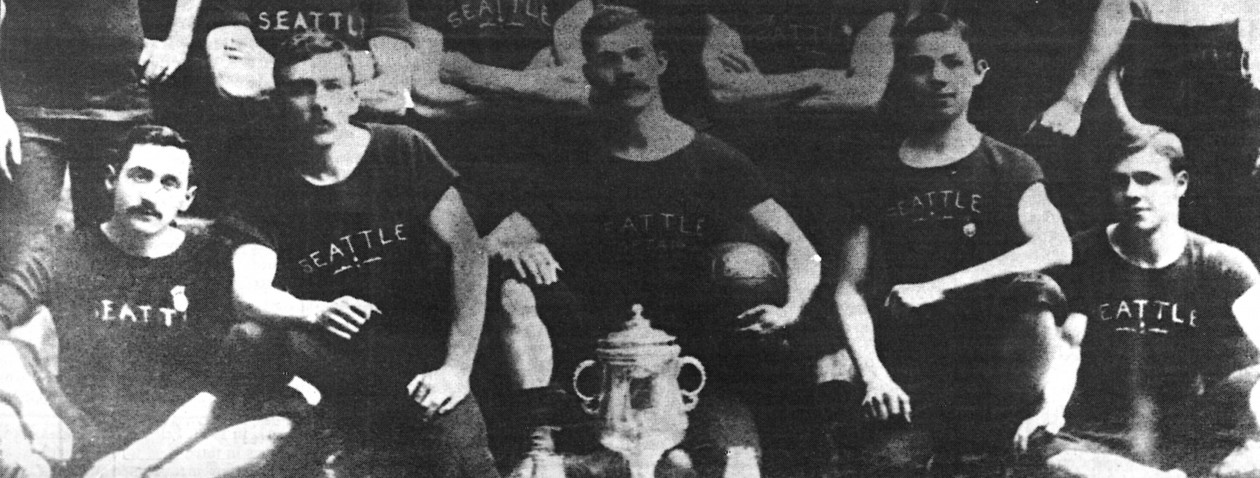Some 40 years ago, while at the University Book Store, I crossed paths with a book like none other. After consuming many a book about soccer tactics, skills and history, The Soccer Tribe was about the game’s rituals, its participants and its followers. Written by noted British zoologist Dr. Desmond Morris, it studied human beings through the footy lens.
The Soccer Tribe took a macro approach to observing people who surround the game. In Soccer Stories of Old Seattle and Around the World, it is a more nuanced, micro examination by author and Seattle native Phil Davis and co-contributor Bob Smith.
From July 23 through July 27, 2024, electronic copies of Soccer Stories of Old Seattle and Around the World will be available free of charge from Amazon. Davis asks that in lieu of a payment during that period, readers consider making a donation to Washington State Legends of Soccer, either for its scholarship fund or ongoing initiatives.

Davis shares tales of places he’s visited, people he’s met or discovered – all at the intersection of soccer and life.
Asked about his newly published book’s message, Davis writes that in a country and world that often presents itself as deeply divided, “Friendship between different kinds of people is possible. So is world peace, or at least the end of long wars,” he added. “We practice every four years with the World Cup. All that is needed is a sporting attitude, a few rules developed by Thomas Aquinas 850 years ago, and the beautiful game.”
Continue reading Soccer Stories of Old Seattle: Something to Chew On





